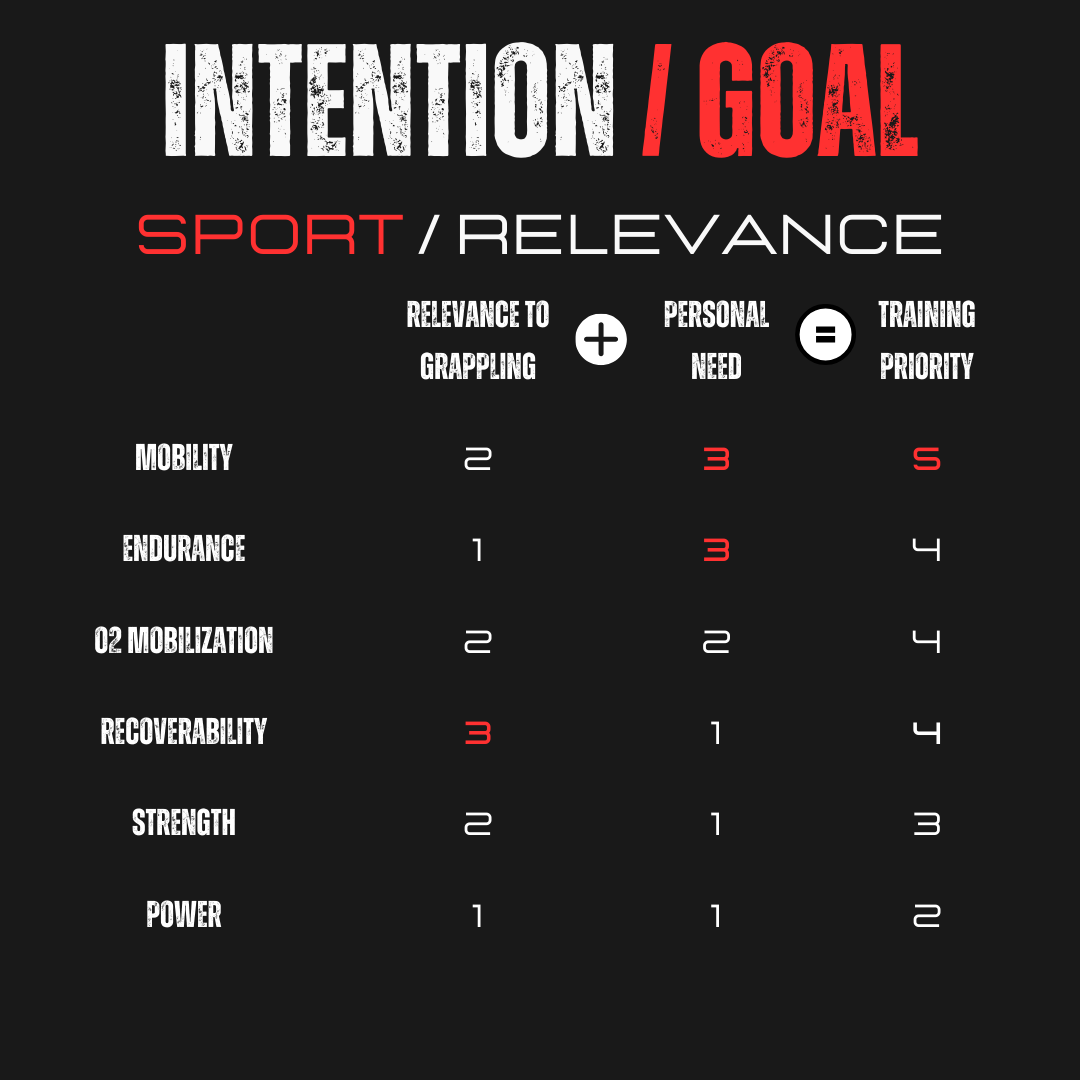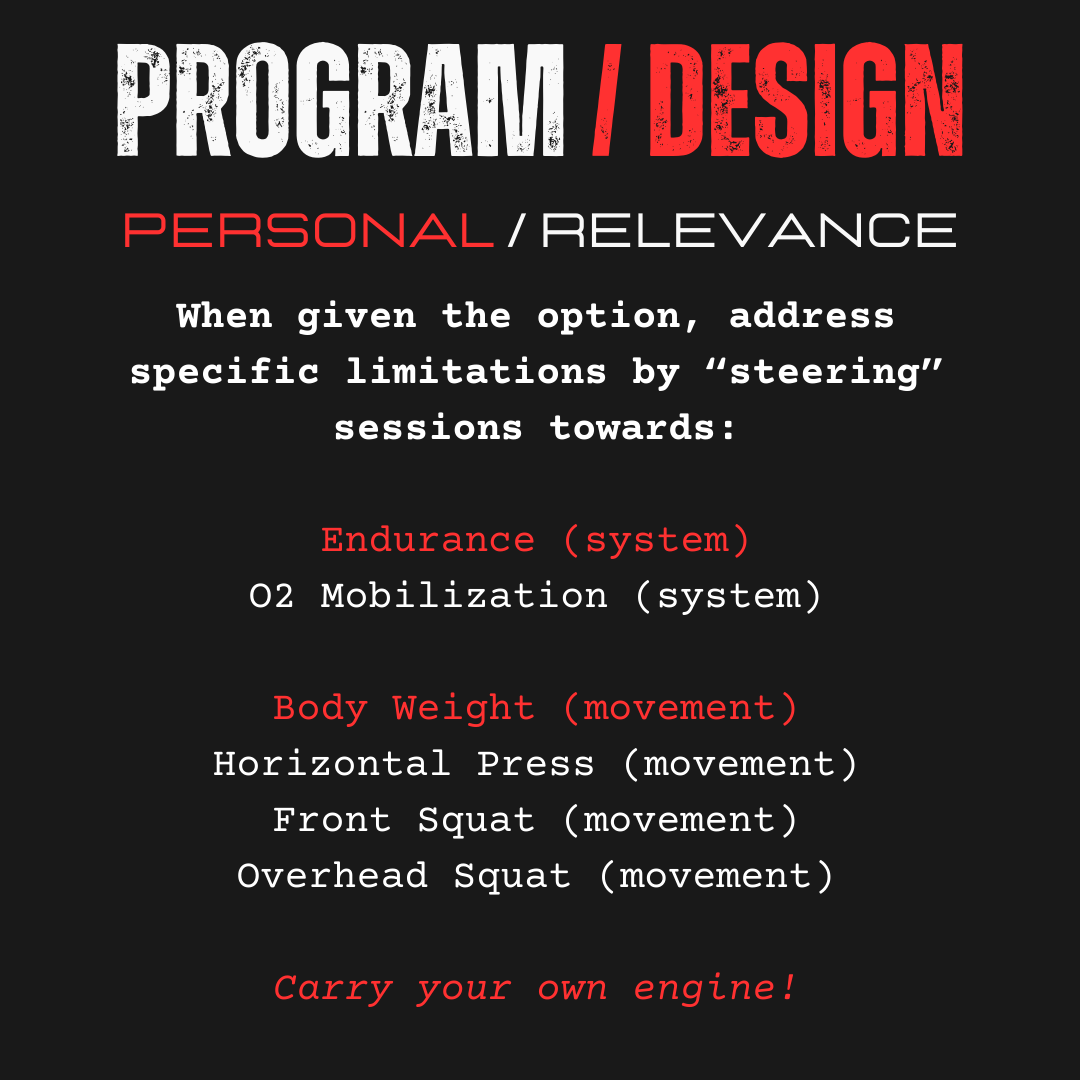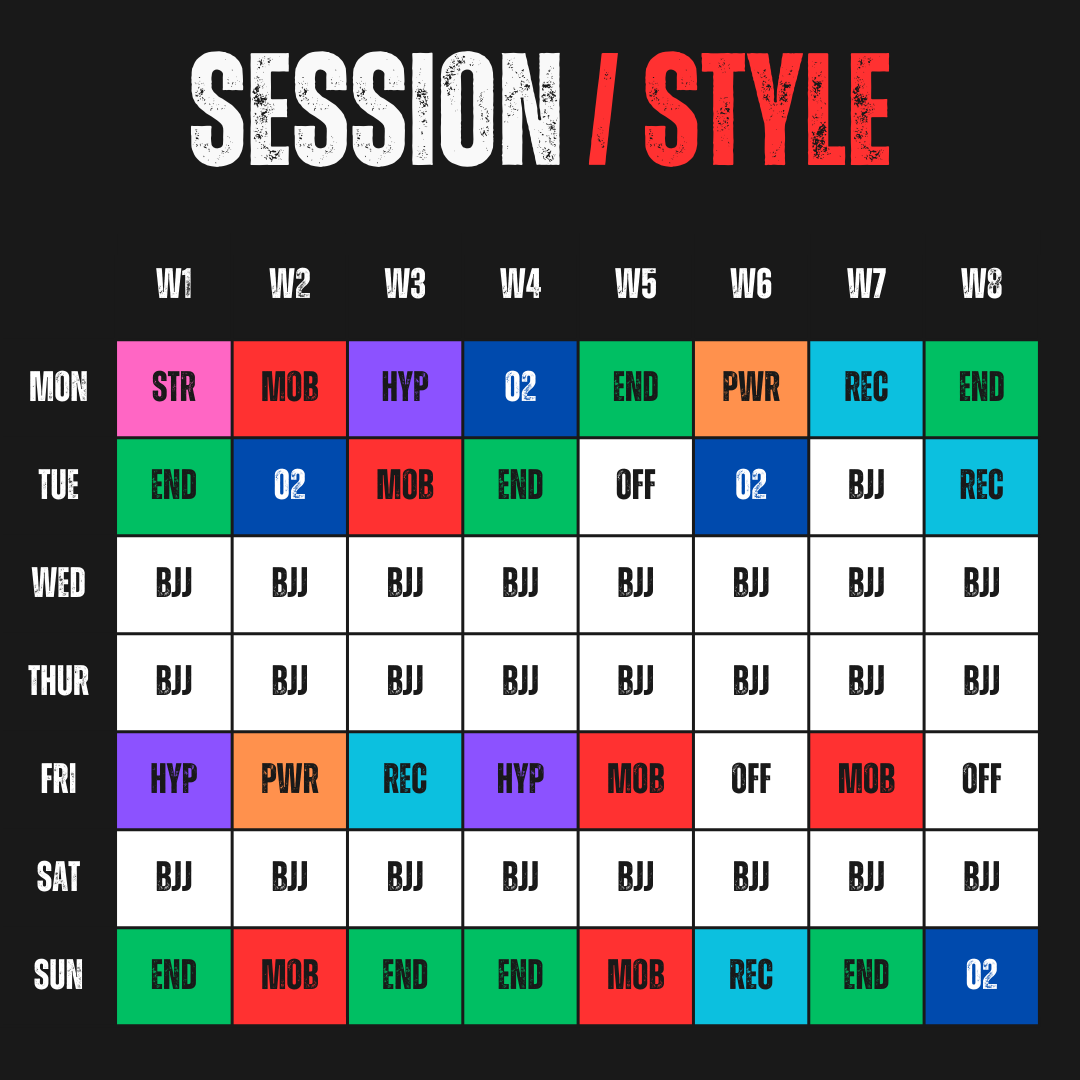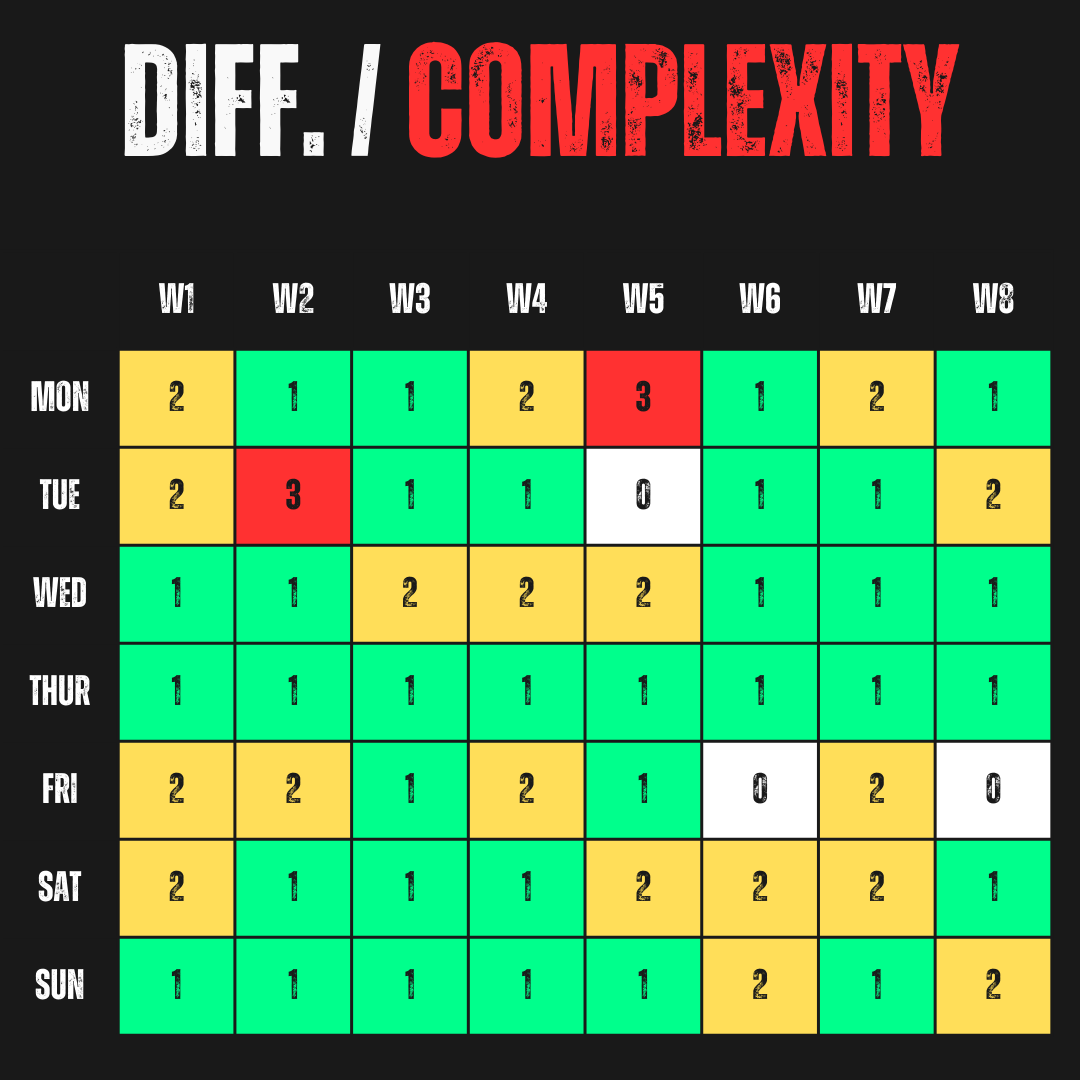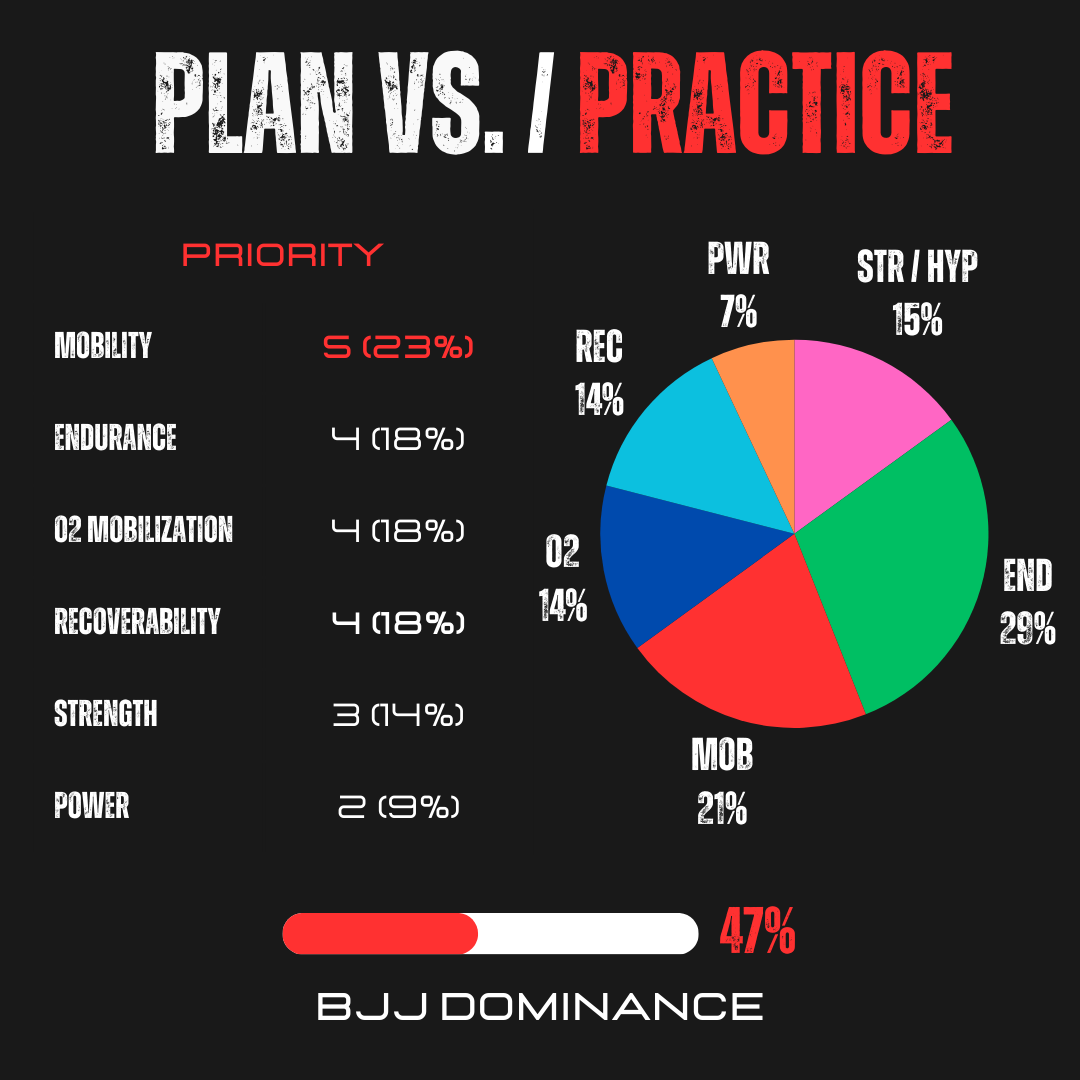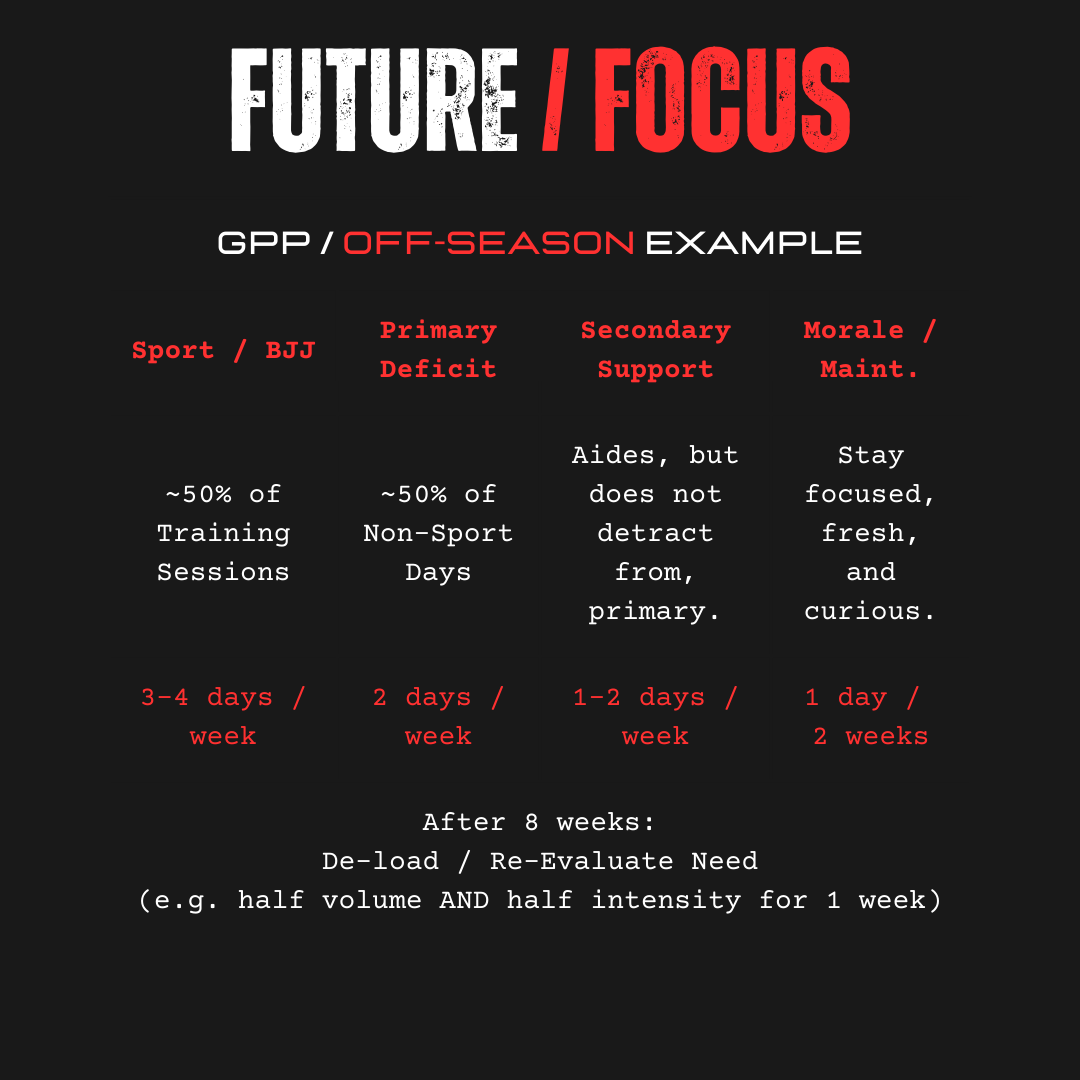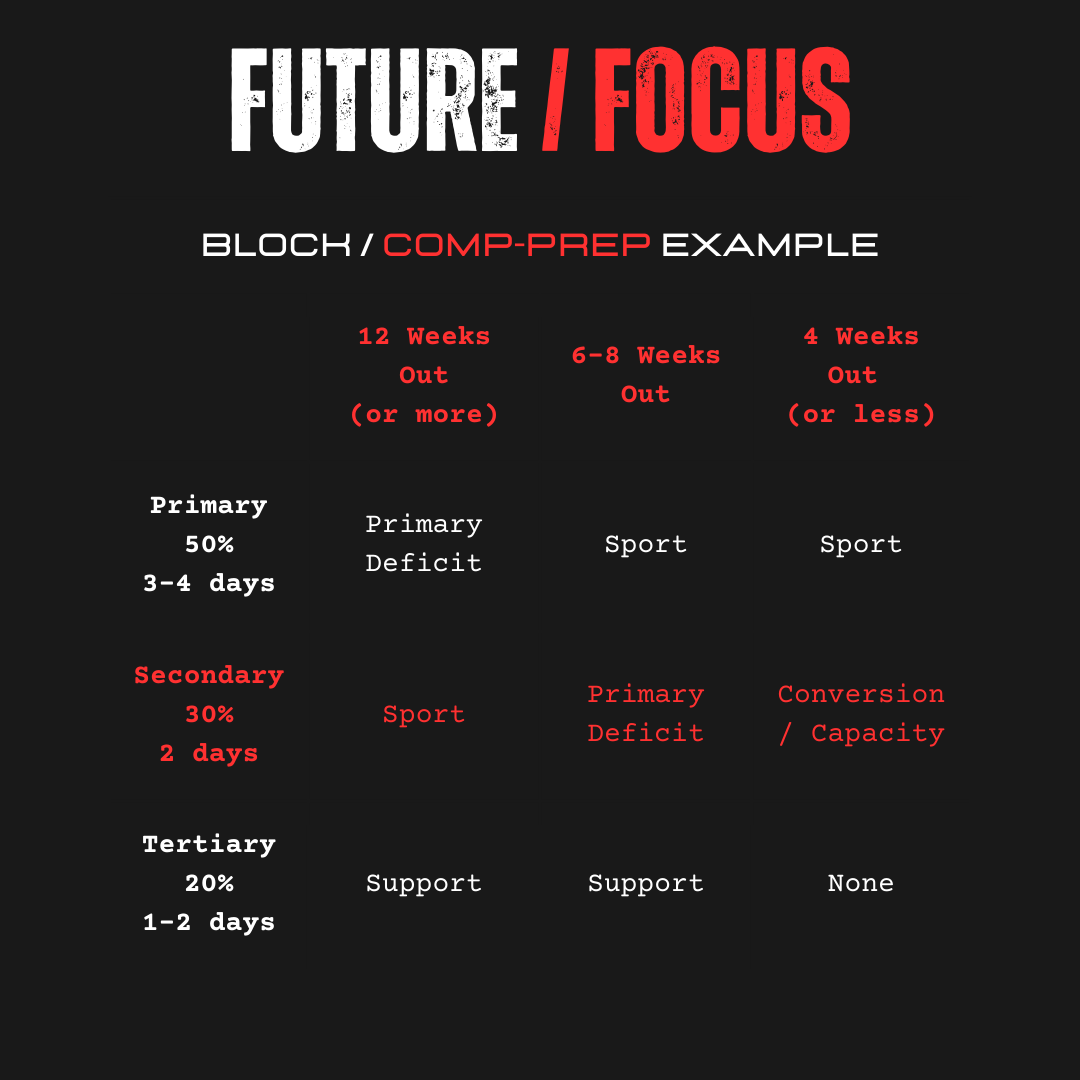Free Fall by NonProphet
Here’s the deal… nothing is more trendy in the health and fitness world than “here’s the deal” or “just do/don’t X” statements. They’re issued left and right and yet we wonder why people become more divided and never seem to learn to think for themselves.
In a similar vein — of selling the drama, outrage porn, etc. — charlatans and hucksters make their name decrying even bigger charlatans and hucksters in order to save face for themselves. The catch? It doesn’t. It just pollutes the environment with more hate and vitriol.
That’s may seem like a strange introduction to a fitness program review… But it’s not when you consider the following explanation of the “Free Fall Program” from NonProphet:
“One of the hardest aspects of taking responsibility for your own physical development is bridging the gap between being told what to do and deciding for yourself what you should do in order to progress. The Free Fall program is designed to help bridge that gap.”
A couple months ago I reviewed the precursor to Free Fall, Escape Velocity. One is an introduction to the NonProphet / Space Program methodologies. The other is an organic progression giving notably less explicit direction, but still offering some structure and guidance.
“This is a “choose your own adventure”. It is individual to what you decide is best. We think of the basic structure, point out some of the constraints, and suggest what you should seek, such as the intention, energy system, or work to focus on. You pick the structure, movements, and details.”
Overall, the program is 36 total sessions spread over approximately 6 weeks. Again, depending on if you’re incorporating sport or other training, the duration may be longer.
I opted for an 8 week variety to compelte the 26 prescribed sessions and a handful of the remaing 10 DIY sessions. I figured it was fine to put out the review early because you’ll have the rest of my life (or at least the life of this newsletter) to hear where I go from there.
Goals: Individual Deficits and Sport Relevance
Going into this program I wanted to be aware of how I would “steer” sessions; whether that was towards a specific enregy system that I’m deficient in (e.g. endurance) or specific movement patterns within a prescribed energy system (e.g. mobility that focuses on hips and hamstrings, or strength sessions with horizontal presses).
The above graphpic is pretty straight forward. While you could debate the “relevance to grappling” with me (via O2, REC, or STR), personal development and need is still going to have a huge impact — or it ought to anyway.
Translating the above chart into an actual program or individual session design requires a few more words, but the specificity gives us better guidance:
The Process:
I’f you’re a paid subscriber, then you know I’ve been keeping pretty detailed training session notes which looks like the following:
Intention:
”Typically a quoted piece of guidance from the offered template” or a self-derived point of focuse before the session begins.Warm Up:
Pre-fatigue via global and specific movements.Work:
The main focus of the session.Results:
Outcomes and measures.Notes:
What worked well and what allowed it?
What didn’t work and why?
Plan for next time?
The Free Fall Program is a GPP (general phsyical preparedness) program, so globally it’s fairly well rounded in terms of energy systems. Of course, much to the point of the program and this post; there is some variance allowed that if used judiciously (e.g. the right combination of what you want vs. what you need) should produce a favorable outcome.
Strength (STR), Endurance (END), Brazilian Jiu Jitsu (BJJ), Hypertrophy (HYP), Mobility (MOB), O2 Mobilization (O2), Recoverability (REC), Power (PWR), Passive Rest (OFF).
Note the style distribution above. You can see that clearly that I kept sport (BJJ) as the staple. However, at almost every opportunity I squeezed in an endurance session. It’s also worth noting that the (almost) weekly mobility sessions weren’t necessarily “recovery sessions” in the sense of whimsically milling around. They were still challenging to the phsyiology, though their recovery needs were much less taxing compared to, say, an O2 or REC session.
One major difference between Free Fall (FFP) and Escape Velocity (ESC) was that I was more on my own for the consquences of intensity. While ESC might prescribe a session with a noted difficutly / complexity level; FFP might just tell you “go find (or create) a session that elicits sensations of X and uses Y & Z movements.”
As with ESC, you can see that I ended up having about as many “really fucking hard” Level 3 days as I did “passive rest / off” Level 0 days. Notably, it was about one or the other each week (5/8 technically). Also noteworthy is that really hard sessions weren’t necessarily followed by a complete passive rest day.
Let’s circle back to those 5/8 reall-hard-or-really-light days. This has been a trend in my own programming that I hate. Honest records and honest assessment are crucial for progress. A good trainner will do this for you. Great ones will help you see and decipher it for yourself.
At first (and second) glance, I was tempted to chastize myself for “going medium” too often; that is, neither recovering or putting forth the full effort I’m capable of. However, looking back at ESC, about 38% of my training sessions were Level 2. In FFP it was 32%. In ESC Level 1s were 44% and in FFP they were 59%.
It took a third look to consider the “difficulty” in conjunction with the style. Endurnace work (in this case) isn’t particularly complicated; though it does seem like “I’m just that bad at it” at least in terms of recovery. I didn’t track my HRV or CO2TT or even PRE during this process, but there’s a reminder here that any rudamentary scale (Levels 1, 2, and 3 in this case) are far from perfect or universal measures.
I don’t necessarily want to make a more complicated measure or scoring system, but I do want to remind myself that any single metric almost never tells the complete story or paints a complete picture.
Results and Outcomes:
Speaking of accountability, let’s take a look at how my planned “training priorities” (left) compare to the actual energy system distribution (right).
Note: Fitness percentages are for strength and conditioning sessions only; non-sport active training days (does not include passive rest days).
I’m actually pretty proud of this. For a GPP program that’s only loosely guided towards certain energy systems, the focuses stayed true and came out very clear.
- Sport / Primary Objective (BJJ): ~50% of active training sessions.
As for strength and conditioning sessions, you can see that END and MOB got a little flip flopped, but 65% of my strength and conditioning sessions were spent on things I hate doing: O2, END, and MOB. Suddenly, I don’t feel so bad about all those (approximately) Level 1 sessions.
- Endurance: 15% of all training sessions.
- Mobility: 11% of all training sessions.
- O2 Mobilization: 7% of all training sessions.
- Support / Morale Boosters: 19% of all training sessions.
Support and morale are definitely important, but I don’t know that they need to be 1 / 5 training sessions. However, as I said, this was a GPP program and not something designed specifically for me from the ground up. That’s what the next section is for!
From Training Week 4/1/24:
“For me, trauma comes out my ass — literally, I’m a shitter, not a puker. Why is that relevant? Because a post-effort COPD cough and an intra-effort intense build up of acid are both characteristic of “O2 Mobilization” efforts. By contrast, efforts engaging a “recoverability” limitation often feel like a teep kick to the diaphragm followed by the aforementioned trauma response. It’s clear then that my Endurance / O2 Mobilization energy systems are still underdeveloped.”
Going Forward, Programming:
Overall, the template and structure from FFP (or ESC) would be great for any GPP purposes where one is not focuing on a specific event (i.e. power lifting, Olympic lifting, sport competitiion, etc). Here’s a simple template for off-season or general fitness work.
Now, where does that leave me for a specific training? Well, first, that 1-week de-load may be enough after an 8-week block, but maybe not from 12; especially because somewhere in there we’d likely need to re-test / re-assess needs to:
- Know if the program was effective.
- Know where / how to structure future training.
This is why it usually takes me 4 weeks or so of a “new program” to actually settle into a structure and comprehend what kind of recovery deficit / need I’m working with.
Fortunately, I can still tell you, from the “trauma example” above, that my O2 mobilization isn’t great though it’s mostly limited by endurance (noted!), and >2,000 hours of having my joints twisted, pulled on, and smashed into the ground hasn’t been great for my mobility (also noted!).
For my specific training needs then, let’ face the music:
- I’m almost never going to need supplemental recoverability training except in the weeks leading up to a copmetition. This is the sparring rounds of every fighting sport. Yes, you can tackle it more directly off the mat/ring/cage, but you’re already probably pretty good at it.
- I like strength training. I’m am good at it. The trouble is, I’m never going to strength-my-way-through a hard O2 session.
- Power is fun, but my mobility is holding me back from converting that strength into a dynamic range / movement.
- As I learned in ESC, hypertrophy can be useful for “active recovery” for blood flow, or to keep intesity lower like an oscilating de-load within a programmed training block.
What does that leave me with? All the inglorious, non-sexy, holding me back from the next level, must-do things:
- Mobility
- Endurance
- O2 Mobilization*
*O2 sessions can be extrememly difficult! Particularly if tyrying to “build” them every week. Note the difficulty progressions above, and recall the ESC review. For my relative fitness, a truly HARD session was only possible about once / 2 weeks.
That means I’m likely looking at an 8 or 12-week endurance program, good thing I still have that manual lying around! Weekly programming might look something like this:
- BJJ x 3
- Focus (END) x 3
- Support (MOB) x 1
A fun/morale/maintenance/passive-recovery session could be thrown in once every other week, but it’s hard to predict this from the outset. What’s less difficult, if you’ve kept logs like I have above, is to know what kind of workload you can tolerate in a given week (for a sustained period like 8-12 weeks).
For me that’s been about 10-11 “points” per week. What that means if I want to get a little cheeky on Wednesday’s and Saturday’s grappling sessions (2 x Level 2), I’m going to have to make sure those 3 endurance sessions stay below a Level 2 threshold; and either the mobility session or the third grappling session are going to have to be pretty chill.
It’s hard to produce change in a given attribute if you’re “pretty chill” or always comfortable.
But Austin, won’t your strength go to shit and all that endurance work “eat your muslces?!” Well… probably not. But subscribe, and I’ll let you know in 8-weeks and we can link up for an O2 Mobilization block after that!
#whatworkspersists

